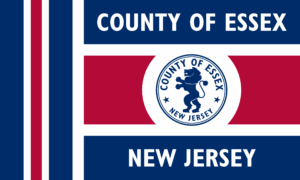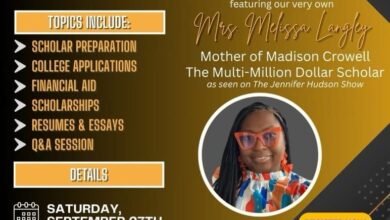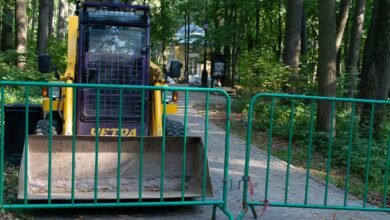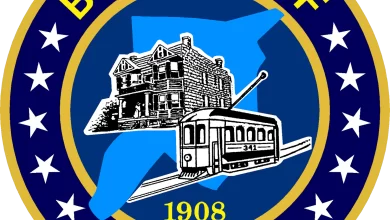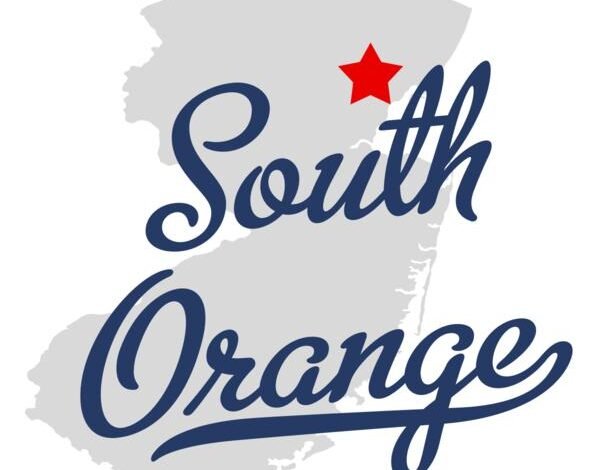
South Orange, NJ: Creative Roots, Black Legacy and a Village Reimagining Belonging
Tucked beneath the Watchung Mountains and just 14 miles from Manhattan, South Orange, New Jersey blends the charm of a historic village with the dynamism of a diverse, creative, and politically active community. It’s a town of tree-lined streets, jazz cafes, historic homes, and a powerful Black middle-class presence that helped shape suburban New Jersey. But beyond the boutiques and blue-ribbon schools, South Orange is also a site of racial reckoning, youth activism, and a push for true inclusion—not just representation.
Origin and History
South Orange has always been a place of passage, promise, and protest.
- Lenape Homeland: The land now known as South Orange was originally home to the Lenape people, whose trails, rivers, and ridgelines shaped the region.
- Colonial Roots: Originally part of Newark’s outlying territory, South Orange grew as a farming village and waystation on the route west from the city.
- Railroad Suburb: The arrival of the Morris and Essex rail line in the 19th century turned South Orange into one of the state’s first true commuter suburbs—bringing wealth, rapid development, and economic stratification.
- Incorporation: South Orange Village was incorporated in 1869, one of the few NJ municipalities to maintain “village” status under state law.
- Black Suburban Legacy: Throughout the 20th century, South Orange and neighboring towns became home to a growing number of Black professionals and educators building multigenerational wealth and community.
Demographics
South Orange may look idyllic—but its story is shaped by real demographic shifts and cultural tension.
- Population: Approx. 18,500 residents (2020 U.S. Census)
- Cultural Composition: Roughly 60% white, 28% Black, 8% Latinx, and 5% Asian. The Black middle class—especially families rooted in the civil rights, academic, and creative sectors—has long been a defining presence.
- Languages Spoken: English is predominant, with Haitian Creole, Spanish, and West African languages increasingly present in homes and community organizations.
- Household Identity: Families include longtime residents, university faculty, new immigrants, young queer creatives, and transplants from NYC seeking community without cultural erasure.
Geographic Location and Size
A walkable village with regional connections and neighborhood flavor.
- Size: 2.8 square miles
- Borders: Shares school and regional identity with Maplewood, while bordering Orange, Newark, and West Orange.
- Transit Access: Served by NJ Transit’s Midtown Direct line (South Orange Station), multiple bus routes, and direct access to Route 280 and the Garden State Parkway.
Where We Thrive
South Orange is a cultural incubator and community-builder—with a lot still on the table.
- Public Schools: South Orange–Maplewood School District (SOMA) serves the area, including Columbia High School—renowned for its arts, academics, and youth activism. Students and families continue to push for racial justice, anti-bias training, and curriculum equity.
- Seton Hall University: A major institution in town that brings international students, academic prestige, and a town-gown tension that shapes civic life.
- Arts & Music: From SOPAC (South Orange Performing Arts Center) to Black-led poetry readings and independent galleries, South Orange continues to be a regional arts hub.
- Black-Owned Businesses: From cafes and hair salons to consulting firms and wellness spaces, Black entrepreneurship is essential to the economic and cultural texture of the town.
Fun Facts and Local Gems
- Columbia High School: Birthplace of Ultimate Frisbee—invented by students in the 1960s and now a global sport.
- SOPAC (South Orange Performing Arts Center): A vibrant arts venue hosting national and local musicians, theater troupes, and community events.
- South Orange Village Center: A walkable downtown that blends old-school diners, global cuisine, bookstores, and nightlife.
- South Orange Library & Baird Center: Anchors of community programming, civic learning, and youth empowerment.
Challenges and Change
For all its charm, South Orange isn’t immune to the contradictions of “progressive suburbia.”
- School Equity Fights: Despite a reputation for liberal values, the school district has faced lawsuits and community conflict over racial disparities in discipline, academic tracking, and special ed services.
- Gentrification & Housing Costs: Rising real estate prices are making it difficult for working-class residents, renters, and even middle-class Black families to stay rooted.
- Town-Gown Disconnection: Seton Hall contributes to the economy but has long been critiqued for its limited community integration and lack of town accountability.
- Representation Gaps: While leadership is diversifying, civic boards and planning committees often lack the voices of renters, young adults, and newer residents of color.
Community Voices
“We’ve got murals, music, and money—but the question is: who gets to feel safe, seen, and celebrated in all that beauty?”
— Darren M., Columbia High School alum and community educator
Why South Orange Matters
South Orange matters because it’s a microcosm of what many towns claim to be: diverse, creative, forward-thinking. But it also shows us that real equity work starts when the talking points stop. When the town hall, the school board, and the corner store all reflect the same values—and the same people.
HFYC uplifts South Orange because the future of inclusive suburbia is already being tested here—and the results are up to all of us.
Call to Action
Are you from South Orange? Know a student, musician, elder, tenant leader, youth advocate, or local healer making impact?
Let us help tell their story.
Submit a feature, nominate a changemaker, or reflect on what South Orange means to you—from Meadowland Park to your front stoop.
